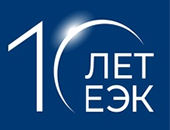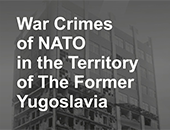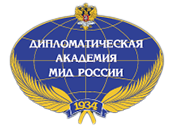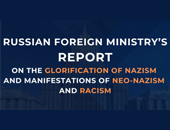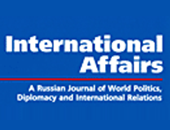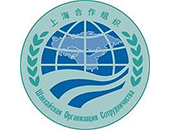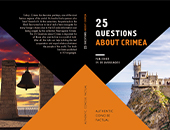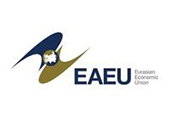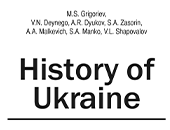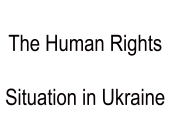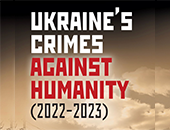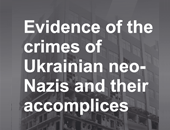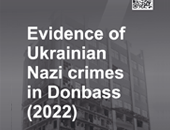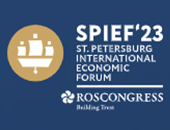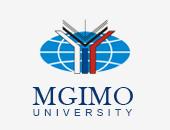The European Union remains the leading trade partner of the Russian Federation. The EU Мember States currently account 44 per cent of the total Russian turnover. Russia in its turn ranks No. 4 among the top trading partners of the EU (after the USA, China and Switzerland), takes the lead in list of its natural gas suppliers and is a major exporter of crude oil and refined oil products to the EU.
In 2017 according to the Russian customs statistics the EU-Russia turnover was 246,5 billion USD which is 22.9 per cent more than in 2016. The Russian exports to the EU in 2017 amounted to 159.6 USD (+22.1%) and the Russian imports – to 86.9 USD (+24.4%). Thus the Russian trade surplus was 72.7 billion USD.
That means that the decrease in the bilateral trade observed in 2013-2016 has come to an end, and since 2017 the Russia-EU turnover started to recover rapidly. In the first half of 2018 that trend has consolidated. In January-June 2018 the turnover reached 144.0 billion USD which is 21.5 per cent more compared with the same period in 2017. The structure of trade in goods remains almost unchanged. In 2017–2018 raw materials (first of all mineral fuels) accounted for the major share of Russian exports to the EU, with Russia’s imports consisting mainly of machinery and transport equipment, chemicals and related products, and various manufactured goods.
In August 2012 Russia became the 156th member of the WTO. After the accession in accordance with its obligations Russia started to reduce the rates of its import duties from an average 10.0 to 7.8 per cent. In such a key sector as automotive industry, import duties are gradually reduced from 30 to 15 per cent within the seven-year transitional period after the accession. It is estimated that the reduction of import duties enables the EU exporters to save up to 2.5 billion euros annually.





